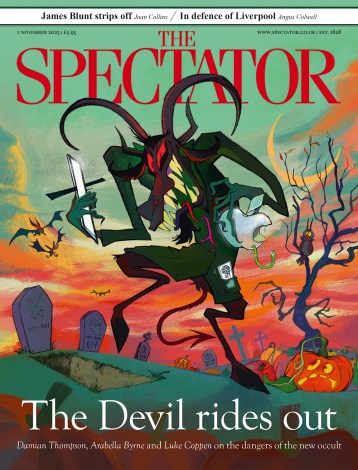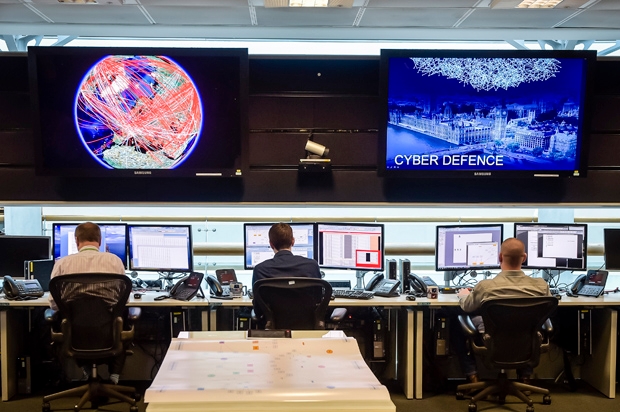There are now enough books about Bletchley Park for it to become part of national mythology, along with the Tudors, Trafalgar, Waterloo, the Somme and Winston Churchill. Rather than rehearse the Enigma story, however, Sinclair McKay describes what happened to the organisation that became GCHQ (Government Communications Headquarters) during the immediate postwar years. This was the crucial period when intelligence effort was redirected from fighting a hot war against Germany and Japan to beginning a Cold War against the Soviet Union. It is a neglected period in popular history and McKay does well to bring it to life.
When the second world war ended, what we now know as GCHQ was part of MI6, under whose wing it had been since the early 1920s. But such was the success of signals intelligence during the war that the cuckoo outgrew the nest and became a sister organisation, answerable, like MI6, to the Foreign Office.
This transition involved relocation from Bletchley to Eastcote, a sprawl of military huts on the northern edge of London, and then more happily to Cheltenham, where it remains. It also entailed the reorientation of the organisation’s worldwide intercept effort and cipher attack, so that its focus was on monitoring and containing any effort by the Soviet Union to expand its power and influence. That was never GCHQ’s sole target — a fact acknowledged, if not much emphasised, here — but it was the big one.
Wisely, McKay draws on the scholarly work of Richard Aldrich in his sketch of this process, emphasising three or four main themes. The first is the importance of the Y Service, a worldwide network of monitoring stations that picked up the signals that were sent to GCHQ for analysis and decryption — Bletchley’s raw material. This was manned by thousands of young men and women, recruited from throughout the country, whose essential role is often unacknowledged. They were also a significant factor in forming that uniquely close and continuing intelligence alliance between Britain and the US. In those pre-satellite days, the span of the British empire over a quarter of the globe meant that more or less every signal could be intercepted from somewhere, a reach that the US could not hope to match at the time.
The other significant factor in this alliance was the unprecedented closeness between Bletchley and its US equivalent, Arlington Hall. McKay charts the subsequent careers of some of those involved in this exchange, while drawing on his own earlier work to describe the extra-curricular activities of Bletchley veterans, who continued to contribute well into the Cold War. These ranged from chess — predictably — to amateur and professional dramatics, to Highland reeling, to numismatics, to designing Ernie — the Electronic Random Number Indicator Equipment that allocates our premium bond winnings. This latter was a footnote to Bletchley’s formative contribution to the development of computing.
McKay also points out that, unlike many on the intellectual left, those who listened to what the Russians were saying to themselves had no illusions about Stalin and the Soviet Union. This was particularly so after the mathematical breakthrough that elucidated the Venona transcripts — the glimpse into wartime Russian intelligence communications that led to the unmasking of the atom spies and the Cambridge Five.
There is nothing new here for students of the subject and the style often lapses into the sensational — policies ‘slam up’ against each other, intellects are ‘dazzling’, things are ‘roaringly obvious’ — while McKay’s frequent implications of rivalry between GCHQ and MI5 and MI6 are a journalistic cliché which ignores the daily realities of close liaison. Indeed, he seems to have a chip on his shoulder with regard to MI6,which he sees as packed with ‘dissolute Oxbridge aristocrats’ (if only — what was more Oxbridge than Bletchley?). His espionage nomenclature is also shaky; most spies are not ‘double agents’ and Burgess and Maclean were certainly not MI6 ‘double agents’.
That said, this is a readable canter over the ground for anyone unfamiliar with one of the important ways in which the second world war shaped — and continues to shape — our modern world.






Comments